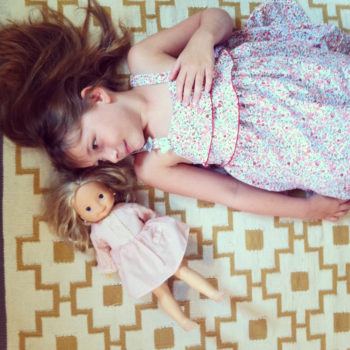Toy Choices Inborn, Says Texas A&M Researcher

Boys like trucks and girls like dolls – and they may be born with those preferences, which are later reinforced by suggestion and social pressures, concludes a Texas A&M University psychologist.
In the research project funded by the National Science Foundation, psychology professor Gerianne Alexander used technology to track the eye movements of 30 infants ranging in age from 3 months to 8 months old. Alexander’s team set a doll and a truck in a puppet theater-styled box several feet in front of the babies, who were in car seats. The subjects couldn’t verbalize their preferences for the toys, but visual tracking monitors measured how long they fixated their attention on particular toys during two 10-second intervals. The girls favored the dolls, while the boys preferred the toy trucks.
“The existence of these innate preferences for object features coupled with well-documented social influences may explain why toy preferences are one of the earliest known manifestations of sex-linked social behavior,” Alexander explains in a paper titled “Sex Differences in Infants’ Visual Interest in Toys,” published in the journal “Archives of Sexual Behavior.”
The “boy” toys typically invite movement, while the “girl” toys traditionally are pink or red or contain faces. Societal stereotyping of toys builds on these innate preferences, Alexander suggests.
The children will be tested again at 18 months, and Alexander says she expects the findings to remain consistent.
The tests with the infants were in line with Alexander’s research in 2004 with green vervet monkeys, which led Alexander to say that male monkeys spent more time playing with a car or a ball while female monkeys went for a doll and a pot.
“No one has taught them to go for this toy or that, yet they gravitated to the toys we see human children typically choose,” Alexander says. “The possibility that there are features of toys that are innately attractive to males and females was reinforced with our human infant subjects.”
Media contact: tamunews@tamu.edu.





